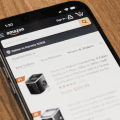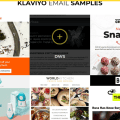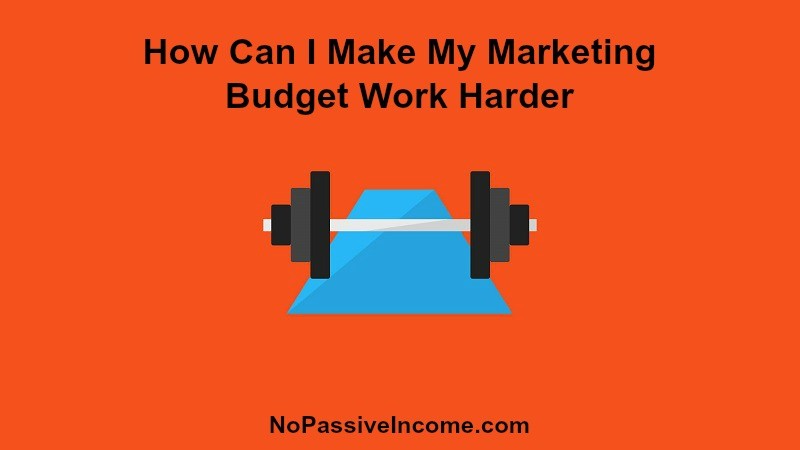In today’s fast-paced business environment, companies are constantly seeking ways to streamline their operations and enhance productivity. The rise of proposal software has revolutionized the sales process, allowing businesses to create compelling proposals more efficiently and effectively than ever before.
These tools not only save time but also help in closing deals faster by providing a polished, professional look to the final proposal. In this article, we’ll delve into the various aspects that make proposal software invaluable for modern businesses aiming to stay competitive in their respective markets.
Table of Contents
Evaluating the Impact of Proposal Software on Modern Business Efficiency

Proposal software has emerged as a transformative solution for businesses looking to expedite their sales processes. By reducing manual tasks and automating key aspects of proposal creation, companies can allocate their resources where they’re needed most. The agility conferred by these tools is particularly valuable in responding quickly to RFPs, allowing businesses to meet tight deadlines without compromising on the quality of their proposals.
An essential advantage of using proposal software lies in its ability to collaborate in real time. Sales teams can now work together seamlessly, regardless of physical location, ensuring consistent and accurate content. This collaboration not only enhances efficiency but also fosters a cohesive brand voice throughout all proposals.
Tracking and analytics are further areas where proposal software delivers impactful efficiency gains. With detailed insights into how prospects are engaging with proposals, businesses can tailor their follow-up strategies to increase conversion rates. Understanding which sections capture interest and which are overlooked provides valuable feedback for continuously improving proposal content.
Key Features to Look for in Top Proposal Software Solutions
When searching for the best proposal software, several key features stand out. Customizability tops the list, as it allows businesses to reflect their unique brand identity within their proposals. The software should offer an array of templates and the ability to modify styles, fonts, and layouts to align with company branding.
Another vital feature is the inclusion of a rich content library. This repository holds pre-approved text, images, and branding elements, enabling sales teams to quickly assemble personalized proposals while maintaining consistency and compliance with company messaging and standards.
User-friendliness is paramount as well. Sophisticated software that is too complex to use can have the opposite effect on efficiency. The interface should be intuitive, making it straightforward for team members to create, modify, and send proposals without a steep learning curve.
Streamlining Sales Cycles With Advanced Proposal Automation

Proposal automation is a game-changer for compressing sales cycles. By automating repetitive and time-consuming tasks, such as data entry and document formatting, sales teams can focus on strategy and client engagement. The reduction in manual errors and the time saved contribute directly to shorter sales cycles.
Automated workflows enabled by proposal software ensure that each step of the proposal process happens exactly when it should. This includes automated reminders for follow-ups, approvals, or updates, making sure no crucial step is overlooked, and keeping the sales momentum going.
Integration Capabilities: Connecting Your Proposal Software with Existing Tools
Seamless integration of proposal software with existing business tools is critical for maximizing efficiency. The ability to sync with Customer Relationship Management (CRM) systems, for instance, allows for the automatic population of client-specific data into proposals, drastically reducing the potential for human error and the time spent on manual data transfer.
Integration with project management platforms is also valuable, providing visibility into the proposal’s status and facilitating better coordination among team members. This connectivity ensures that everyone involved is updated on proposal progress and deadlines.
The connection of proposal software to email and communication platforms can enhance productivity by enabling direct sending and tracking of proposals through familiar channels. This eliminates the need to switch between multiple applications and allows for a more streamlined communication flow with potential clients.
Security and Compliance: Ensuring Your Proposal Data is Protected
Data security is paramount when dealing with proposal documentation, given the sensitive company and client information contained within. Top-tier proposal software comes equipped with robust security measures, such as encryption, user authentication, and access controls, to protect against unauthorized access and data breaches.
Compliance with industry regulations and standards is another essential aspect of proposal software security. Solutions should ensure that proposals meet the legal requirements specific to different sectors and geographies, reducing the risk of non-compliance for businesses operating in heavily regulated industries.
Overall, the strategic implementation of proposal software extends beyond mere convenience; it represents an essential investment in a modern company’s sales infrastructure. With the ability to streamline processes, accelerate sales cycles, and maintain stringent security measures, proposal software fortifies a business’s ability to adapt and thrive in an increasingly competitive landscape.
























